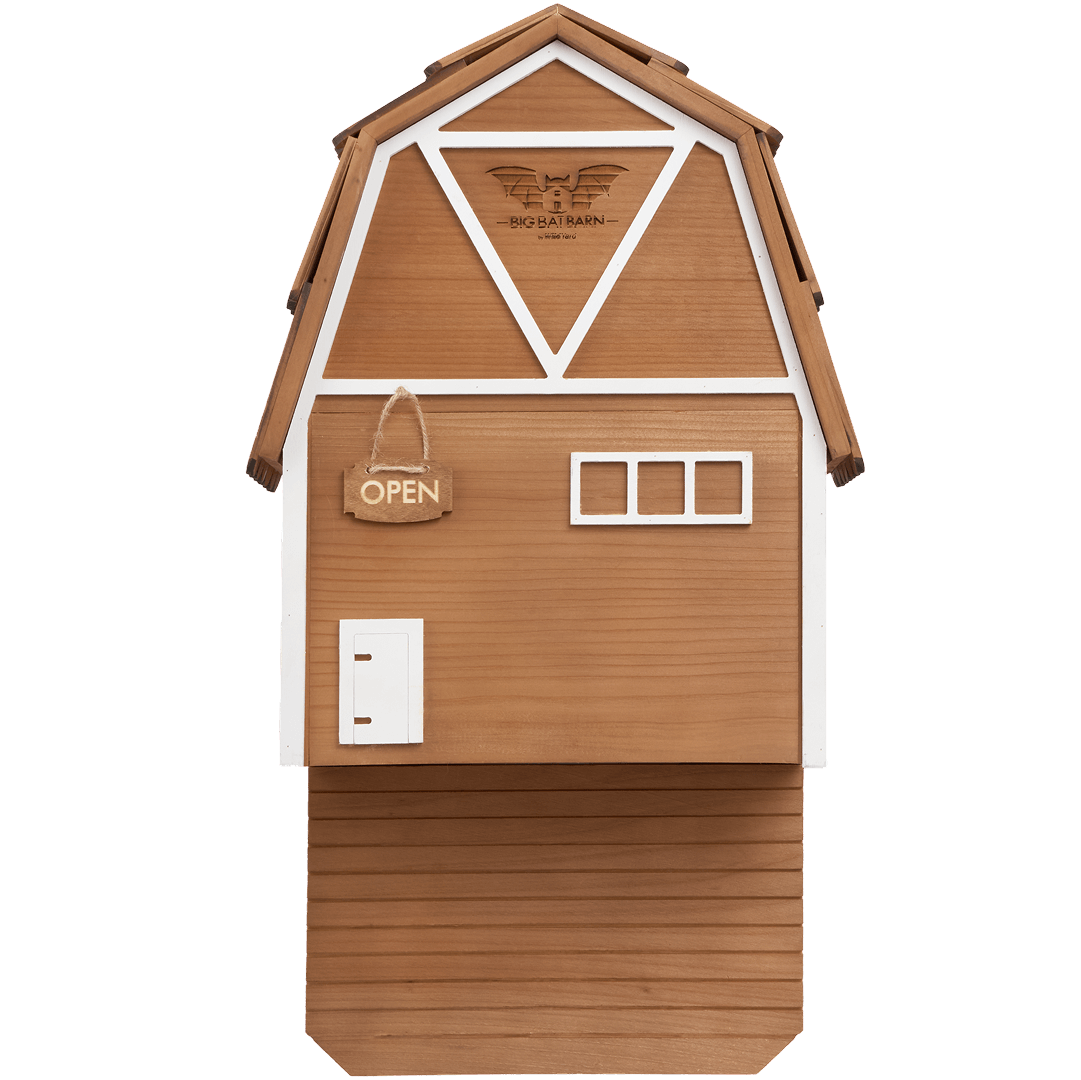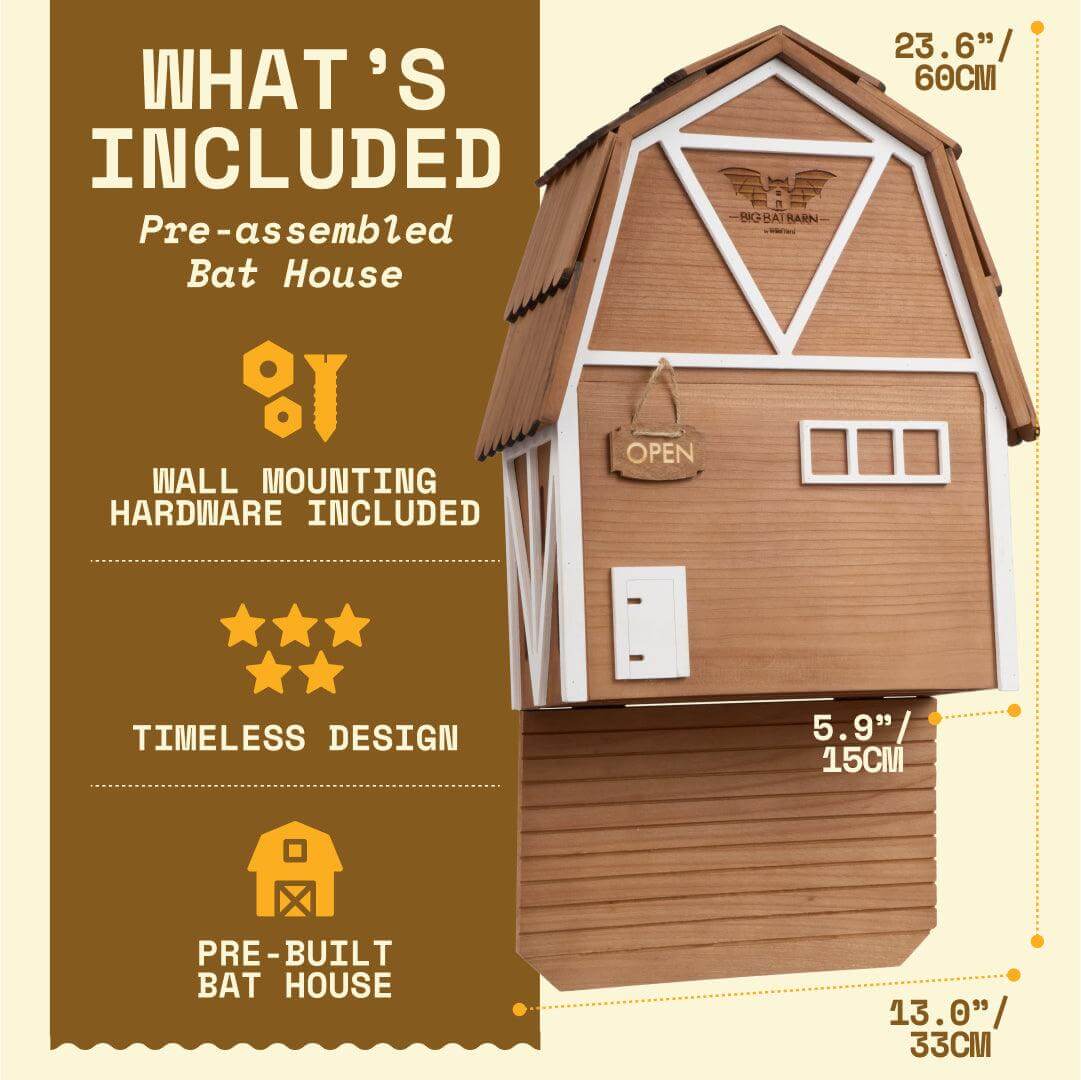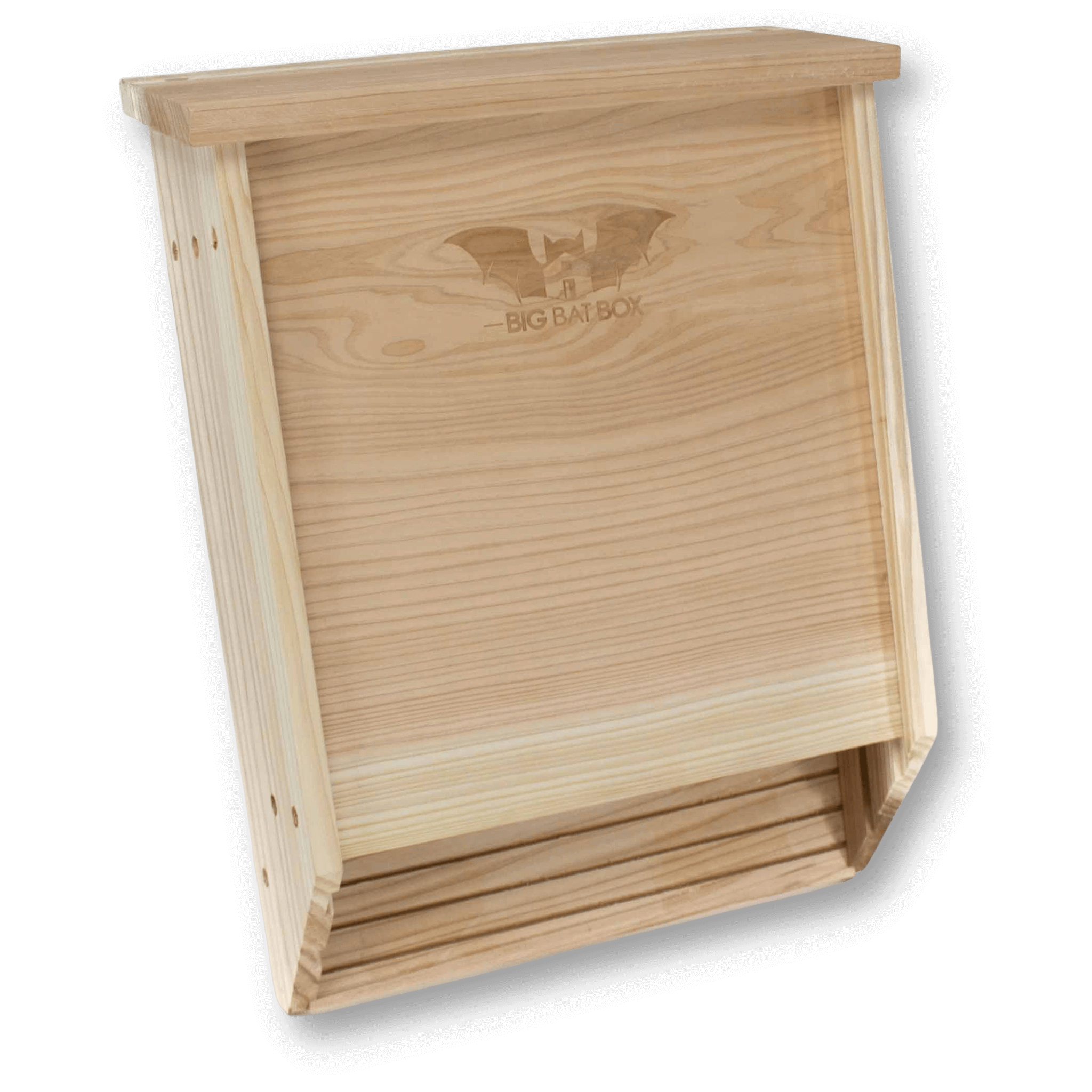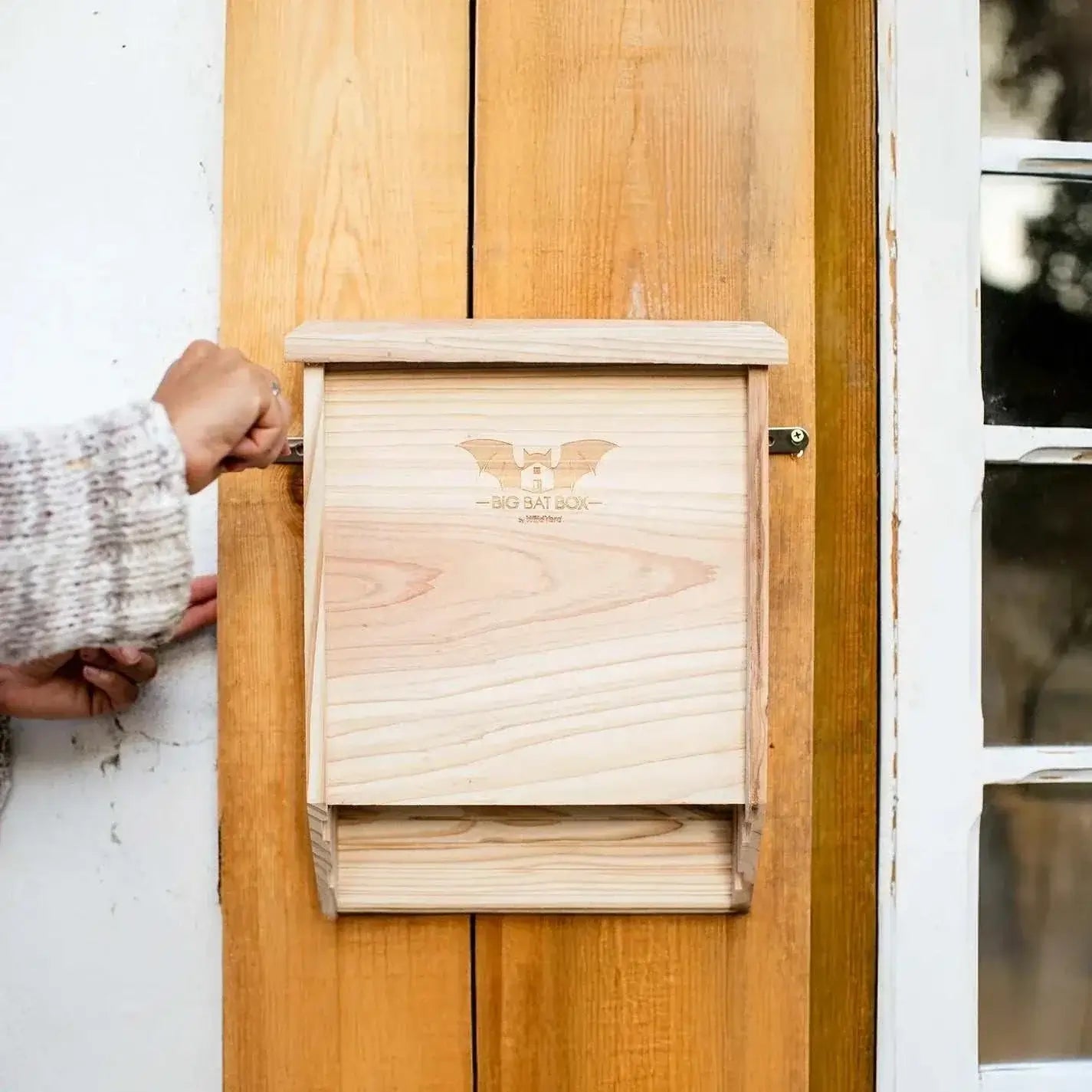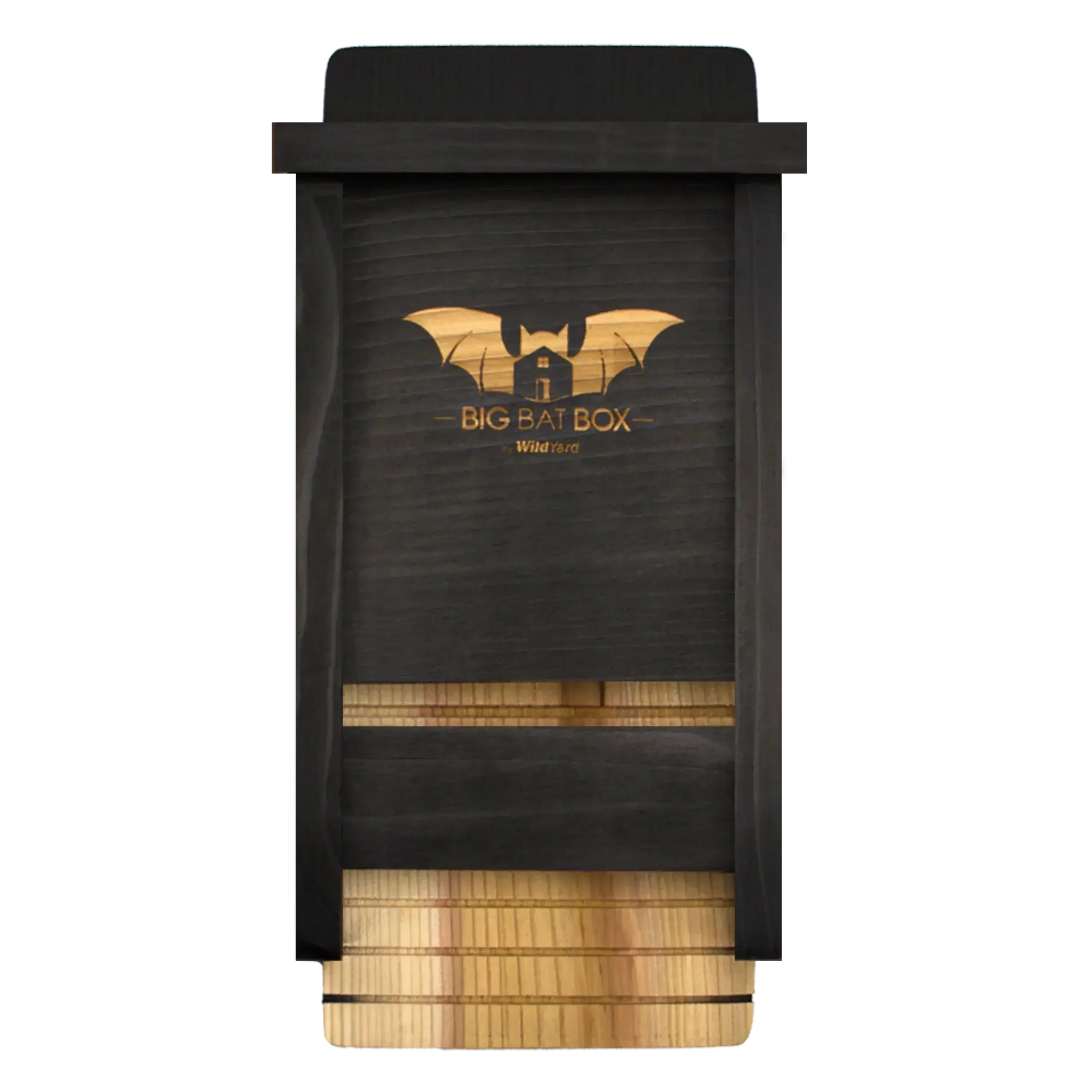WildYard bat houses support bat conservation and natural, chemical-free mosquito control outdoors.
Our Bat Houses Collection is where there is a merging of nature focused with intelligent design. Bats are provided with a safe habitat in every bat house, and it helps to keep your yard pest-free. These environmental shelters will best fit all individuals who desire to have natural mosquitoes and wildlife protection simultaneously.
Bats are amazing helpers. Each and every night, they consume thousands of mosquitoes. Construction of a bat house implies that you save your family without chemicals and sprays. It is among the finest methods to have an idyllic small garden and do good to the environment.
Our bat houses are constructed out of hard cedar wood, extending their lifetime up to many years. The wood also maintains the interior cool and cozy for bats. You can find single, double, and triple bat houses in our collection, so there is one for every yard size. Each design has grooves inside for easy landing, a tight fit for warmth, and vents for fresh air.
Choosing the right bat house depends on your climate and space. A 1 chamber bat house is great for beginners or cooler areas. A 2 chamber bat house offers more space and better temperature control for warm regions. And a three chamber bat barn can host larger colonies and provide extra comfort in hot states.
Each bat house also helps in natural garden pest solution. You will lower the use of insect sprays and yet have a peaceful backyard. Our models are certified bat houses, which are safe in their design and where the wood is of good quality.
To attract bats faster, follow our bat house placement guide. Install it in a high place in the sun and close to a water source, where possible. And in no long time, you shall witness these beautiful creatures flying about at dusk, to keep your garden on track and to breathe life into it.
When you include a bat house in your home, you help in maintaining sustainability through gardening and restoring the wildlife habitats. It is a little gesture that will make a huge change.
Take nature home and save the local creatures with the Bat Houses Collection. Our houses are tough, secure and able to live through many cozy nights of a starry sky.












